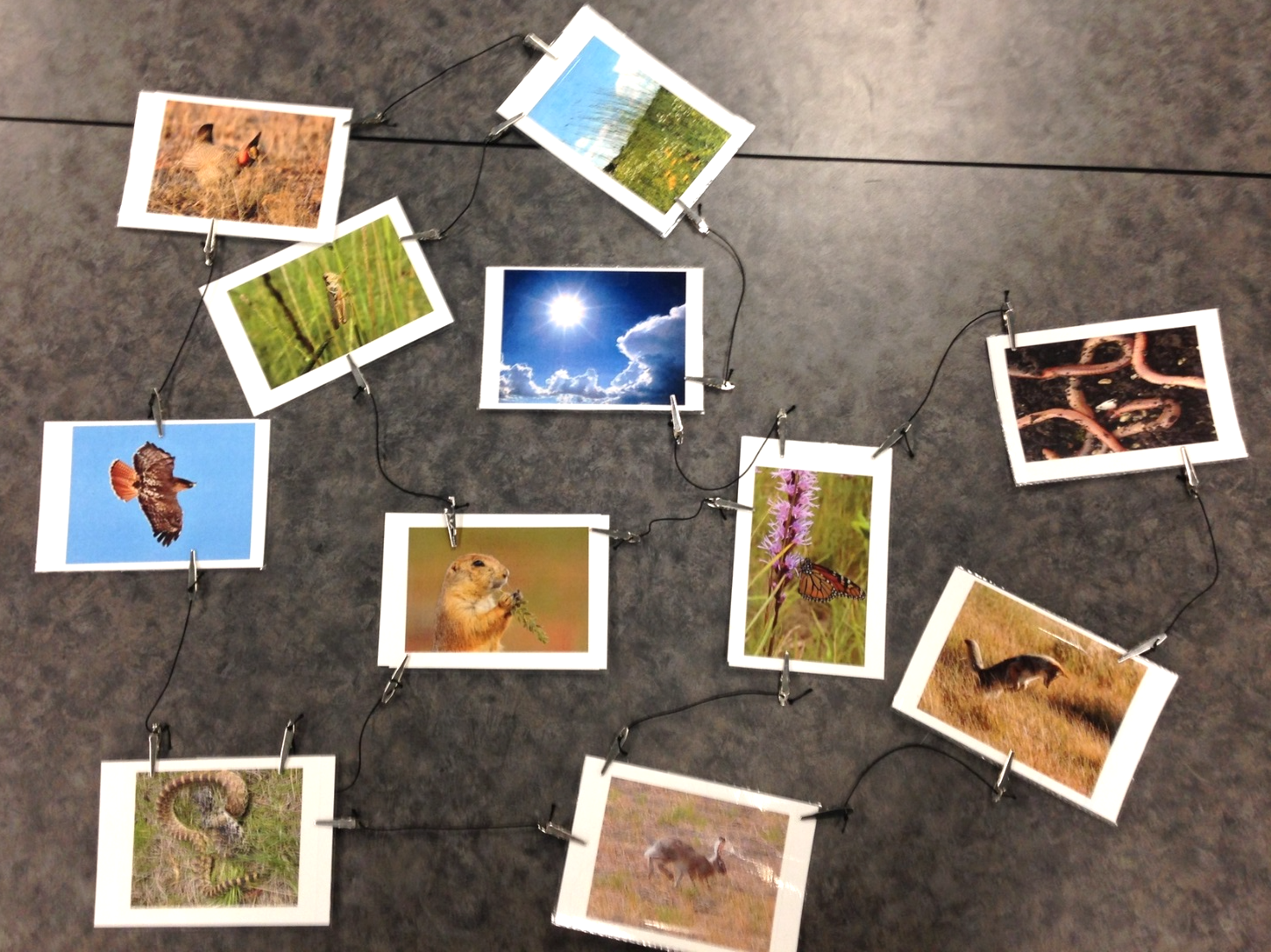Editorial
What Is a STEM Learning Ecosystem? Lessons From the Natural World
The National Research Council defines a learning ecosystem as “the dynamic interaction among individual learners, diverse settings where learning occurs, and the community and culture in which they are embedded” (NRC 2015, p. 5). Elements of the learning ecosystem include people; networks of people; designed and natural settings; resources; and hard-to-define aspects such as history, culture, and politics.
That’s a start, but what does a STEM learning ecosystem look like, and what model might we use to understand it? To answer these questions, I find myself looking to the natural world. When students learn about natural ecosystems in school, they’re taught to think about structure and function—the complex network of living organisms and nonliving physical conditions and their interactions, how energy is transferred, and how resources are used.
The go-to picture in my head is from a workshop I observed seven years ago while chaperoning a field trip to the local zoo with my daughter’s fifth-grade class. In this workshop she and her classmates explored the interconnectedness of living and nonliving factors in a prairie ecosystem common to our state, and then predicted what might happen to that system and the factors within in the face of change. The model students built to visualize this helped them see how a single change in an ecosystem can have significant and cascading effects, the impacts of which can vary depending on that ecosystem’s health and resilience (Figure 1).

Writing an editorial on this issue’s theme has nudged me to see how far I could push this natural ecosystem analogy to explore the dynamics of a designed ecosystem, such as one focused on STEM learning. The answer, I found, is quite far—and one I can only begin to explore in this editorial.
I was excited to find that education researchers have done a lot of thinking on this topic. For example, in Unpacking the Learning Ecosystem Framework: Lessons From the Adaptive Management of Biological Ecosystems, Hecht and Crowley (2019) explore the paradigm shift required if we are to truly adopt and apply systems thinking to understand and improve how learning happens. One takeaway from their work is that the problems that need addressing in learning ecosystems are complex, rather than complicated—and this distinction is critical to informing how we act.
The difference is that “complicated problems are hard to solve, but they are addressable with rules and recipes,” while “complex problems involve too many unknowns and too many interrelated factors to reduce to rules and processes" (Kinni 2017). There is no single algorithm for how to respond to a complex problem in every situation; complex problems and their solutions morph over time and place and scale. Such problems are typically social or cultural in nature, lack clarity in aims and solutions, and are subject to real-world constraints (Wong 2020). Hecht and Crowley (2019) argue that “we ought to accept local variation and pursue adaptive strategies” that recognize that scaling is also “about a shift in perspective, rather than just a shift in size.”
Let’s face it, simply replicating and scaling programs and interventions that are successful in one setting hasn’t yet led to improving outcomes in STEM education to the degree we’ve all been striving for. Maybe this is because we’ve been approaching the problems that need the most attention as complicated, rather than complex. This is perhaps why—despite much effort over many years—gaps in access, opportunity, and achievement in STEM are so persistent. I’m hopeful that the changes we want to see happen in STEM learning ecosystems are possible if we embrace the complexity of those systems and engage in scoping and solving problems in new, responsive ways.
Beth Murphy, PhD (bmurphy@nsta.org), is field editor for Connected Science Learning and an independent STEM education consultant with expertise in fostering collaboration between organizations and schools, providing professional learning experiences for educators, and implementing program evaluation that supports practitioners to do their best work.
citation: Murphy, B. 2021. What is a STEM learning ecosystem? Lessons from the natural world. Connected Science Learning 3 (6). https://www.nsta.org/connected-science-learning/connected-science-learning-november-december-2021/what-stem-learning


